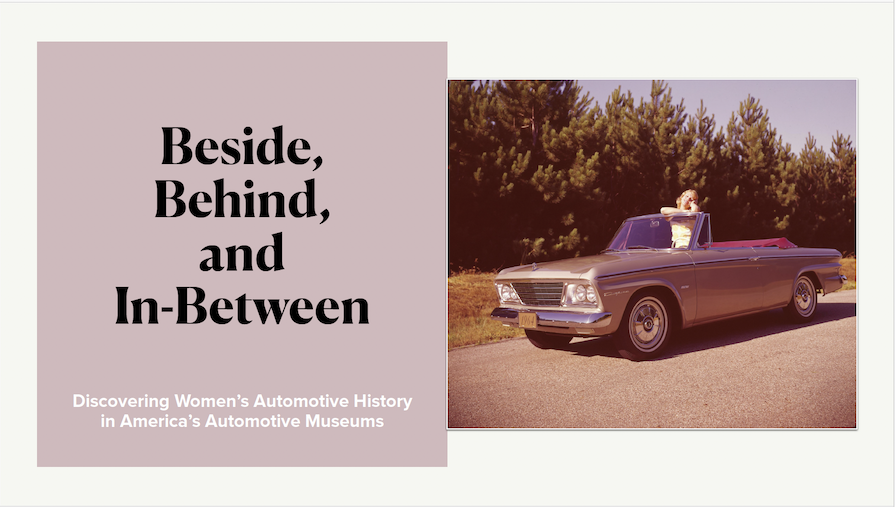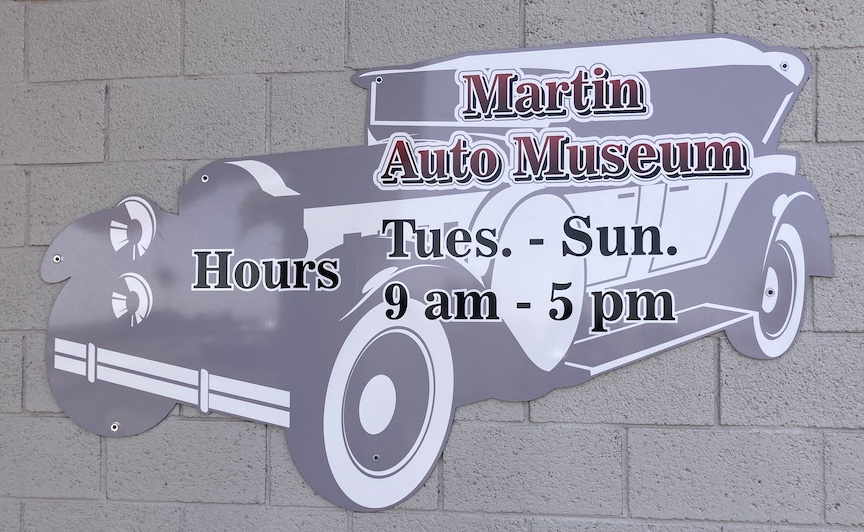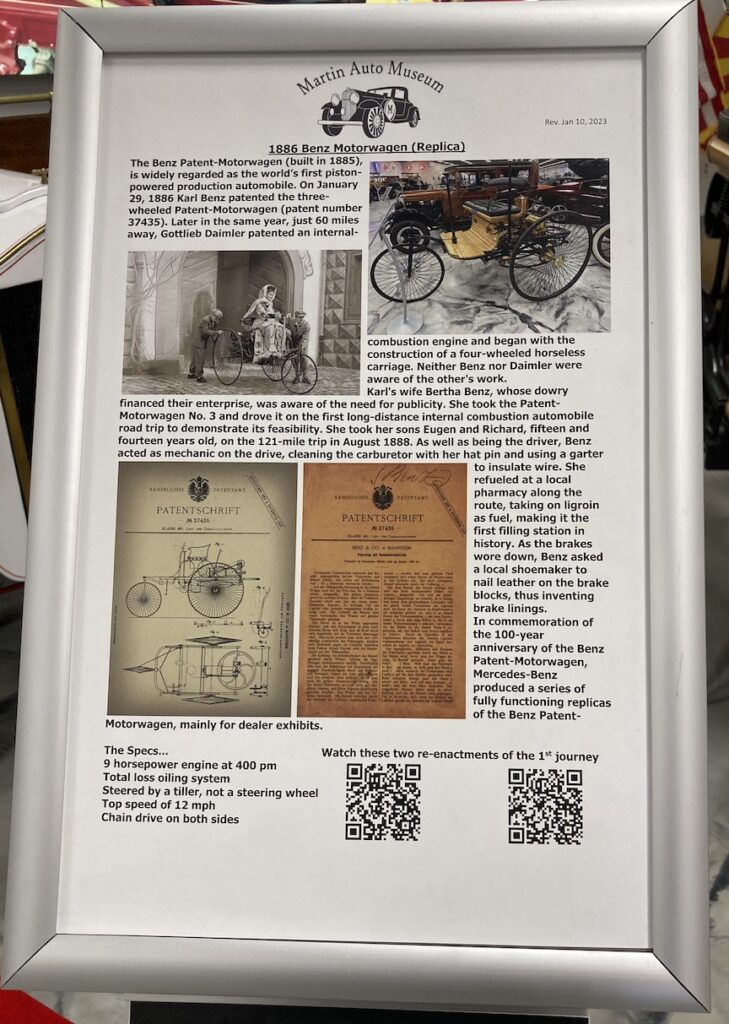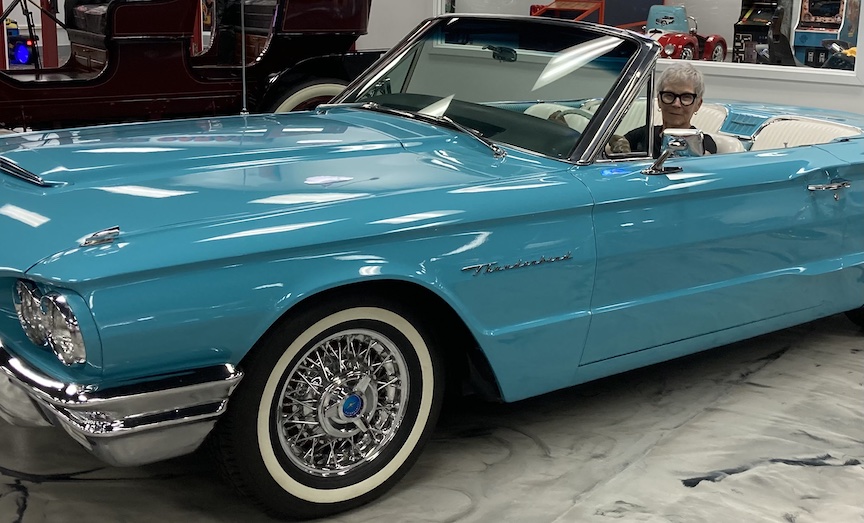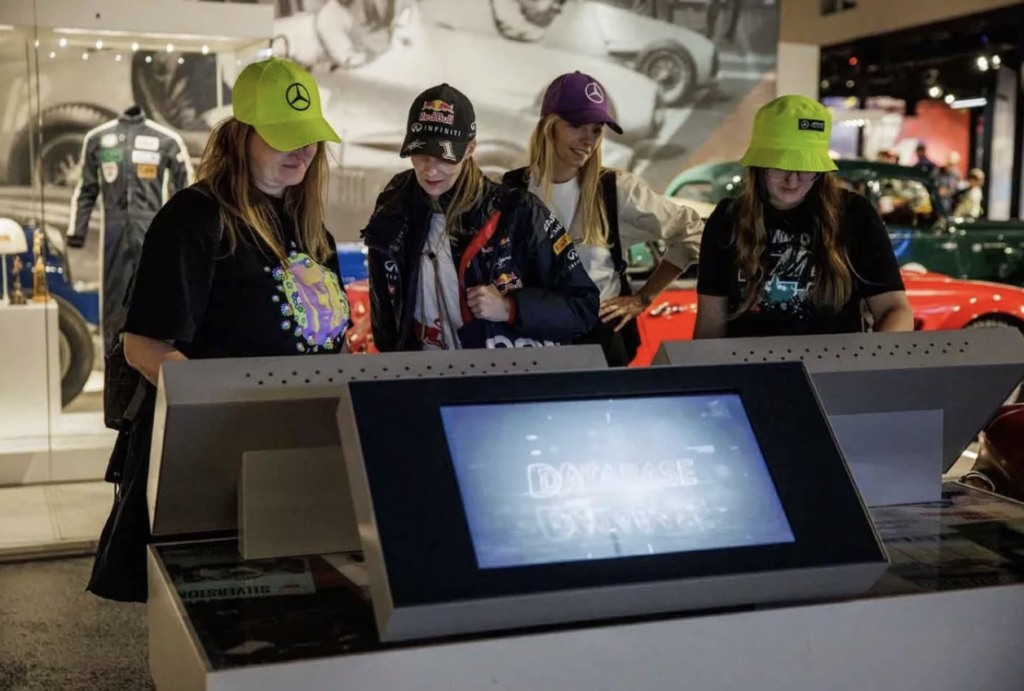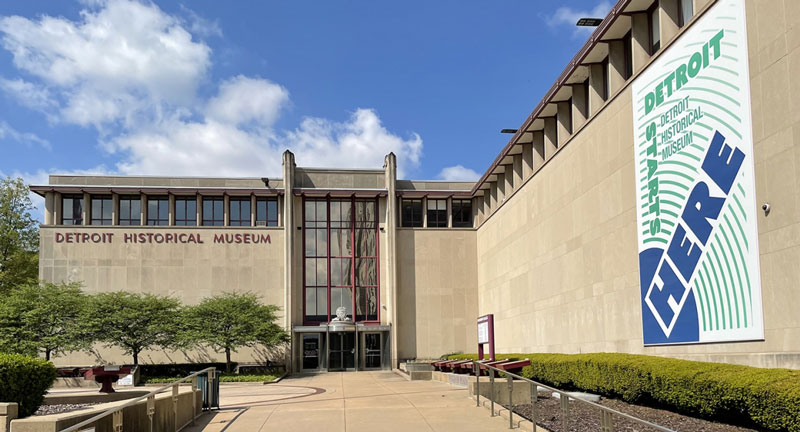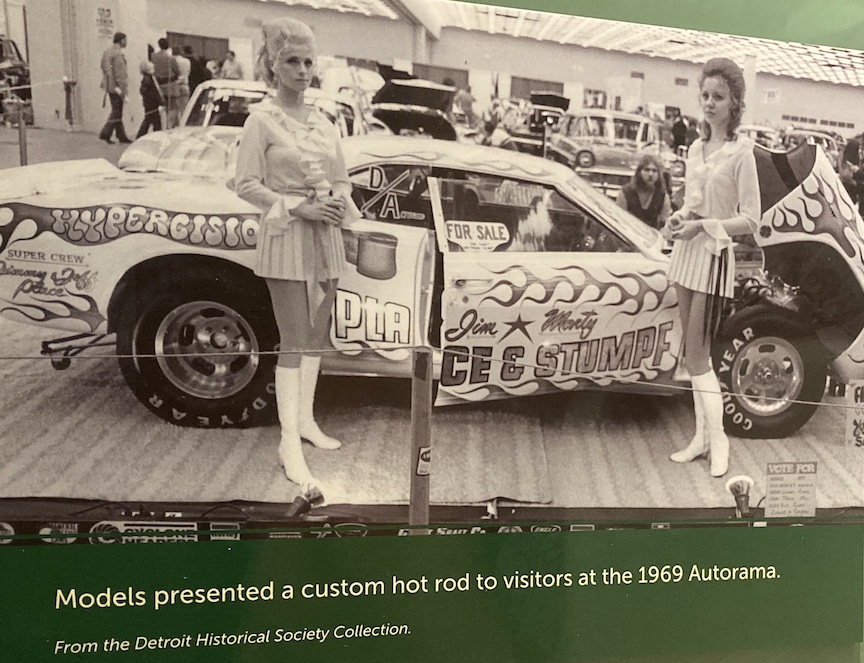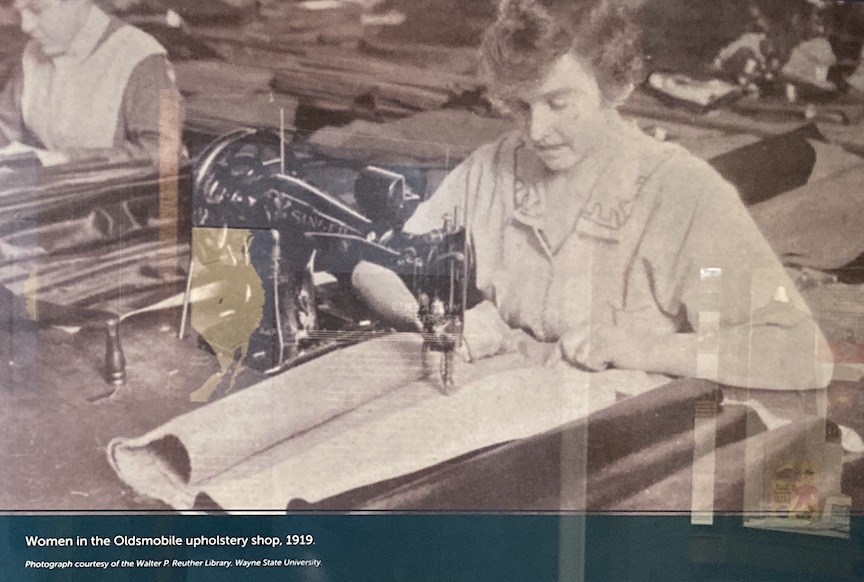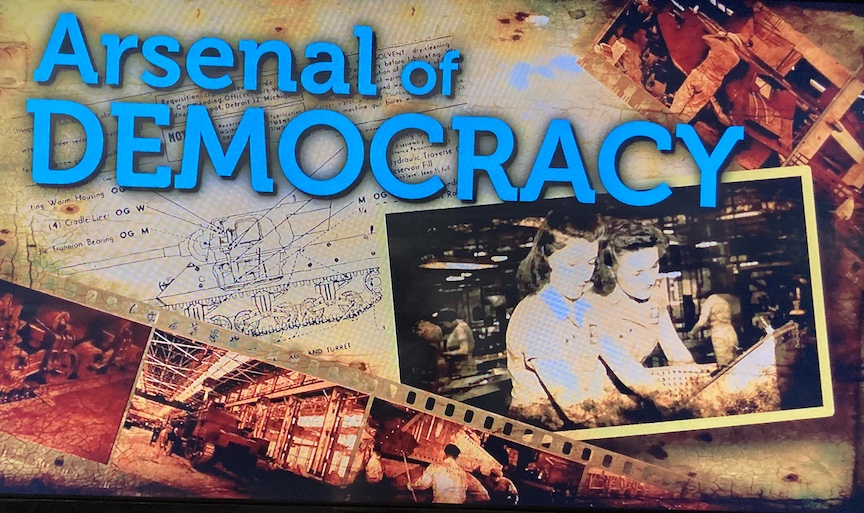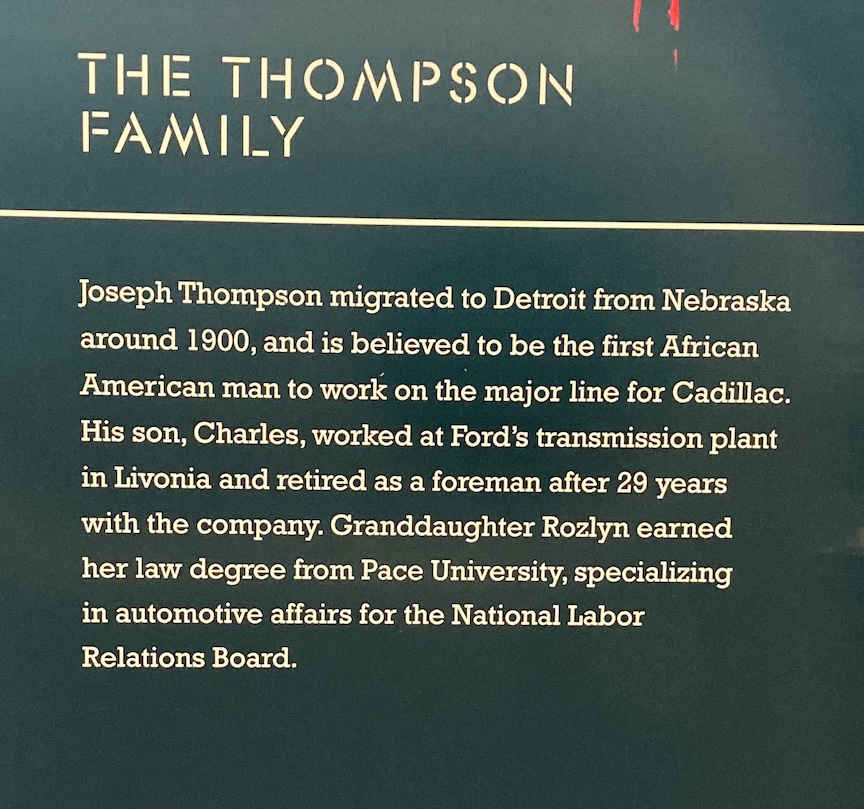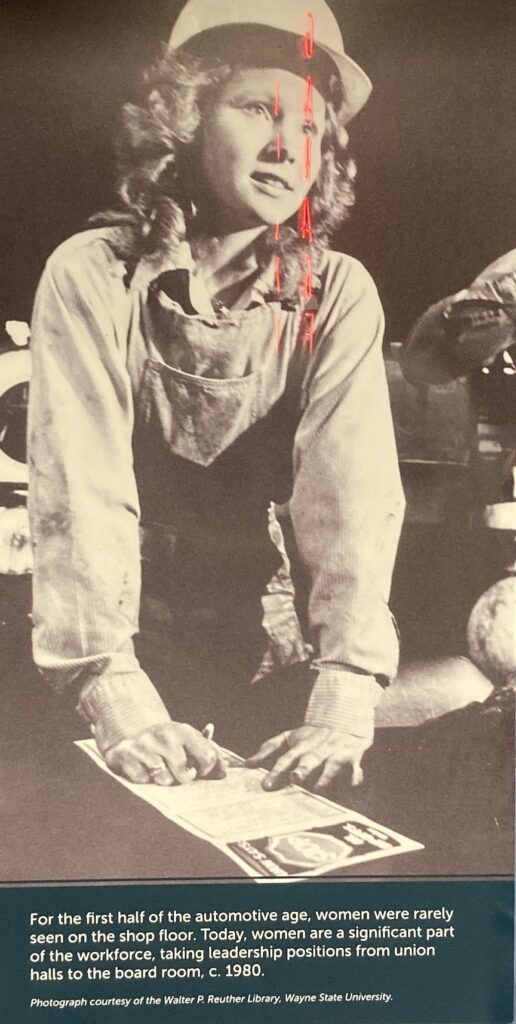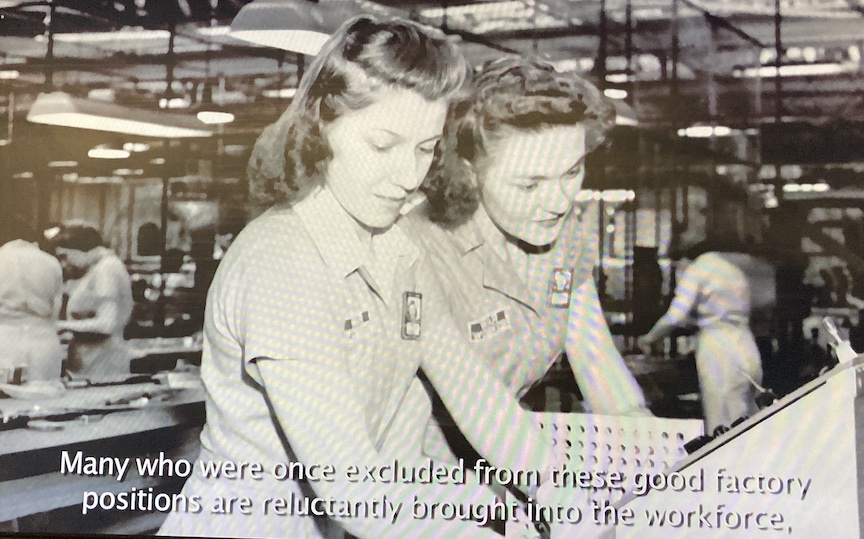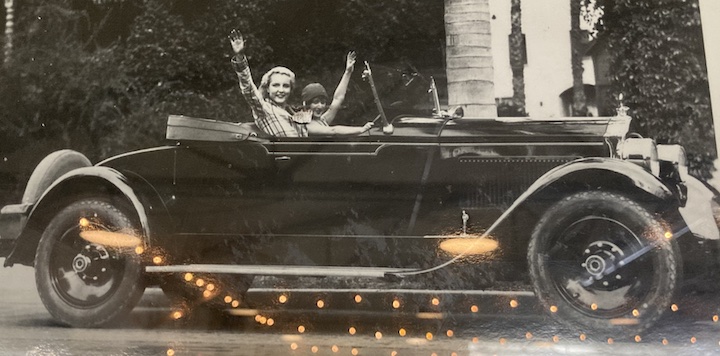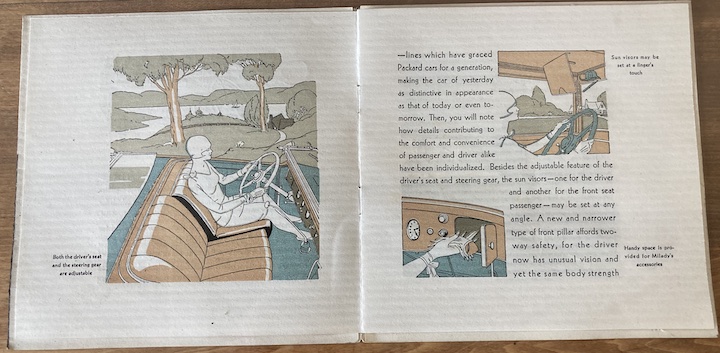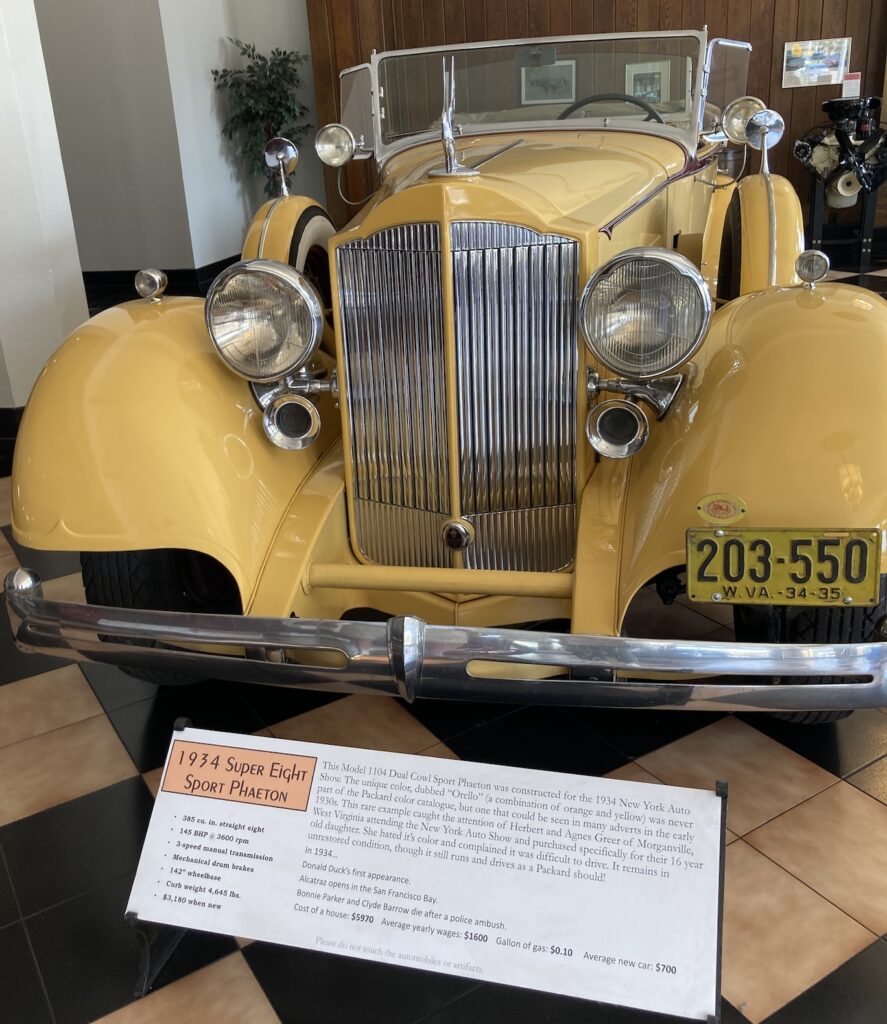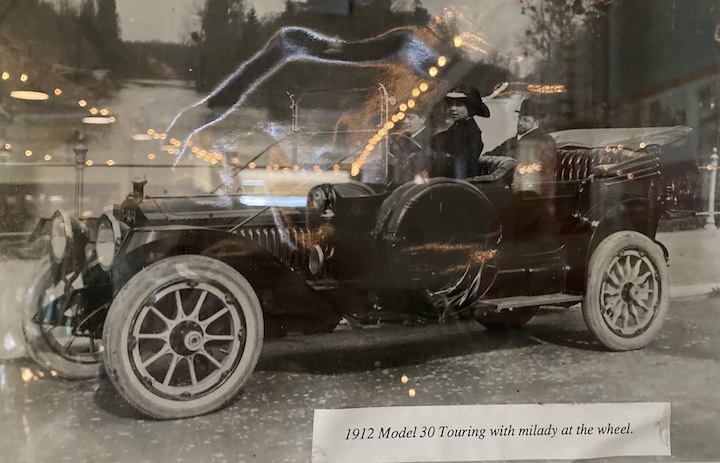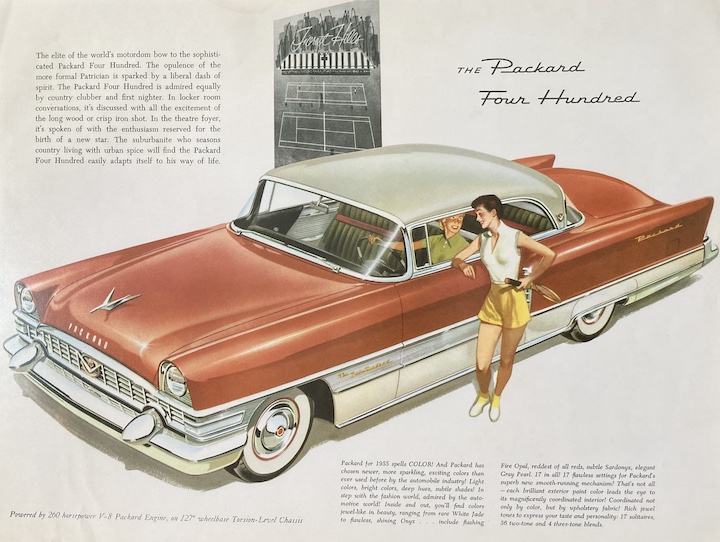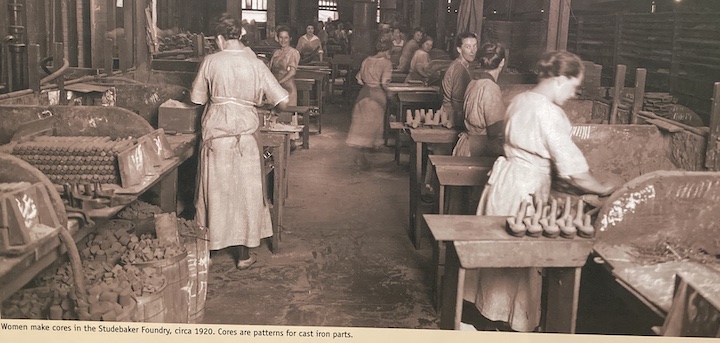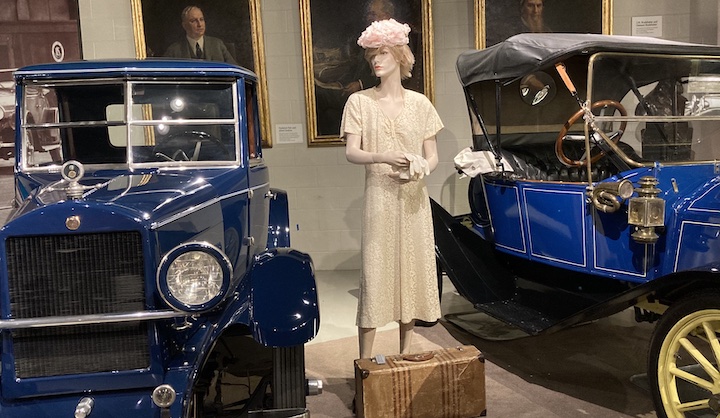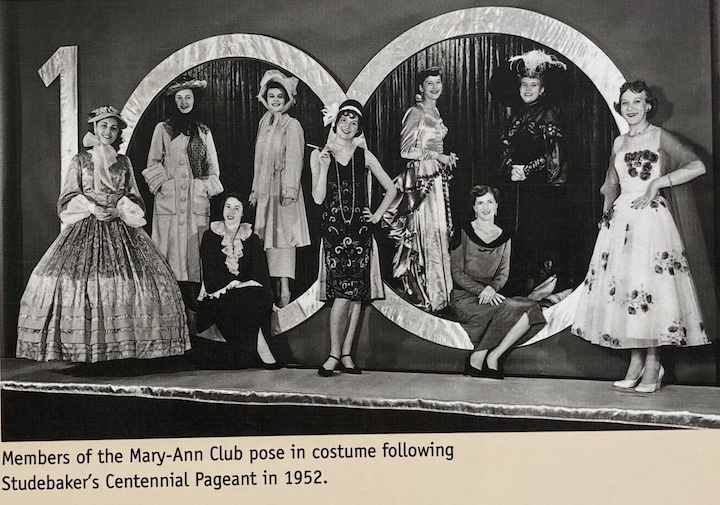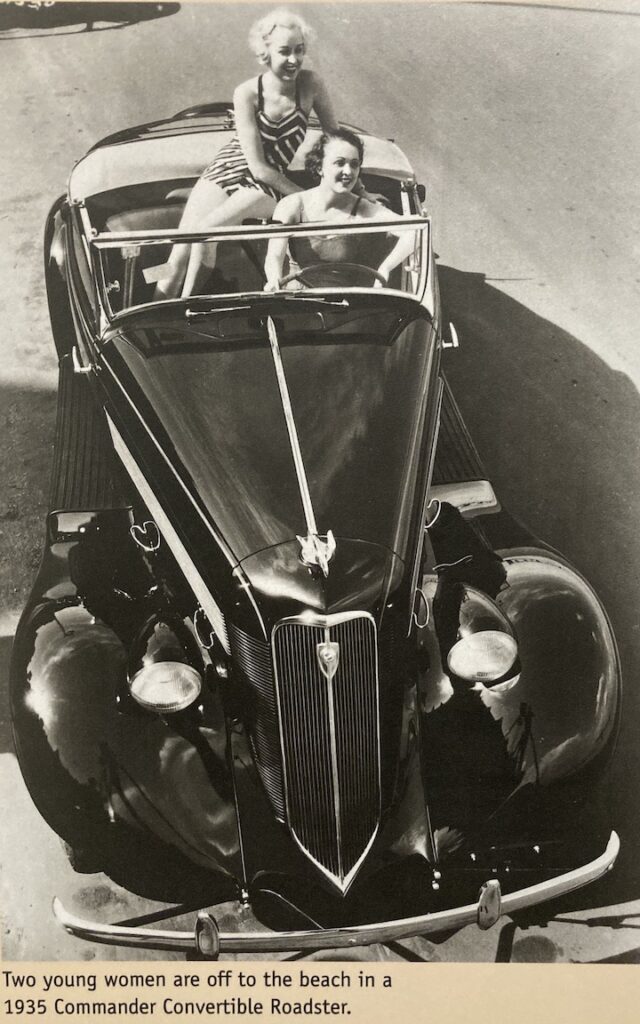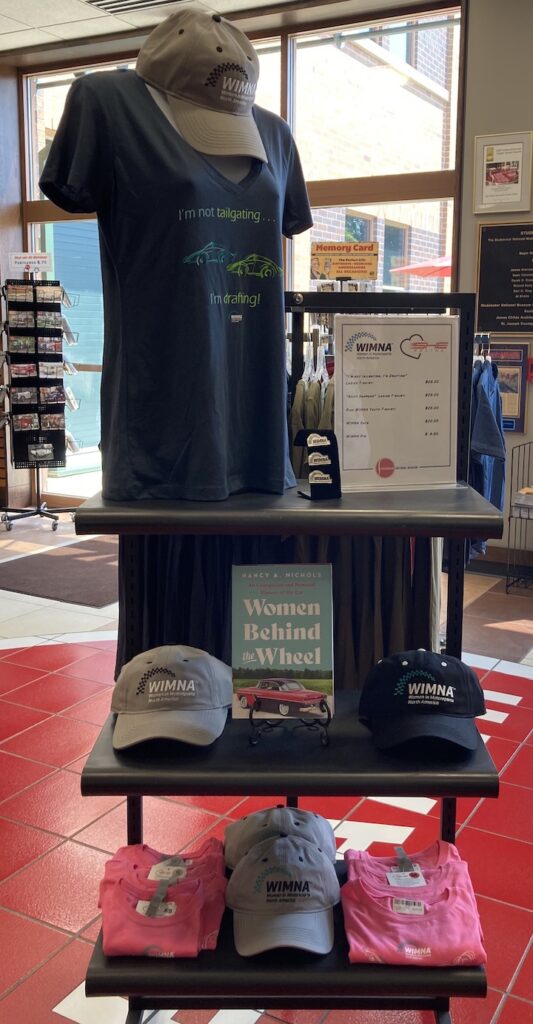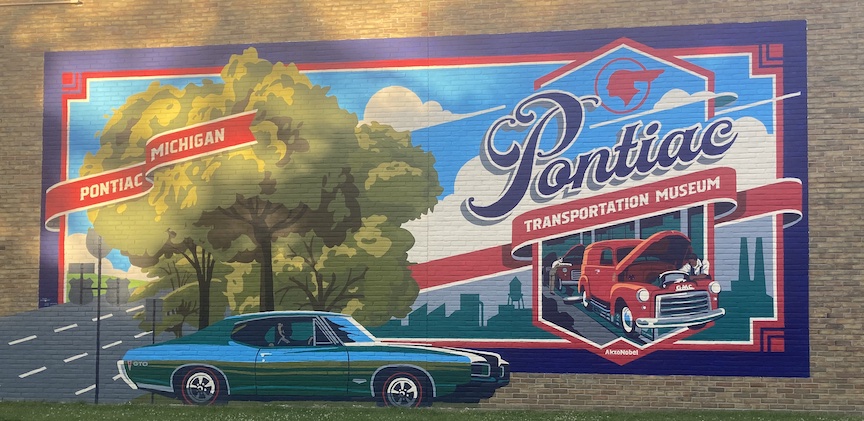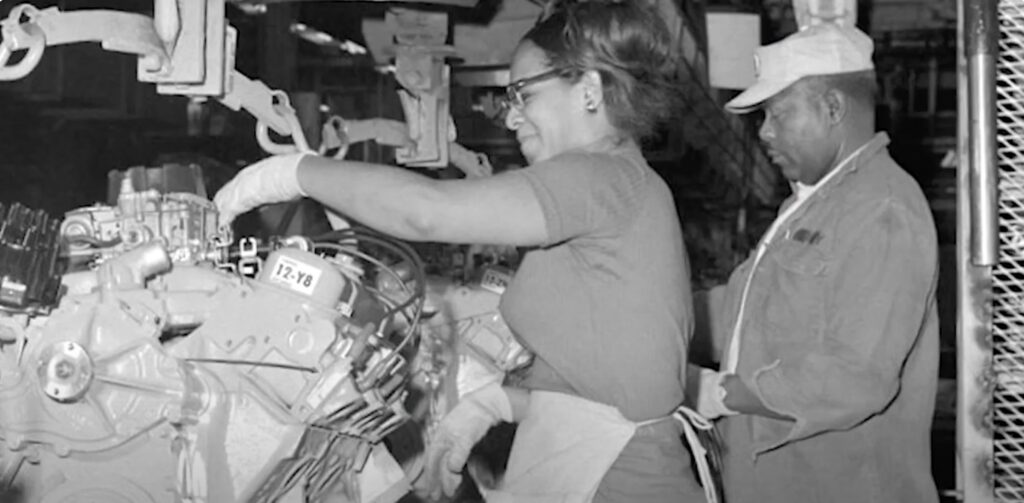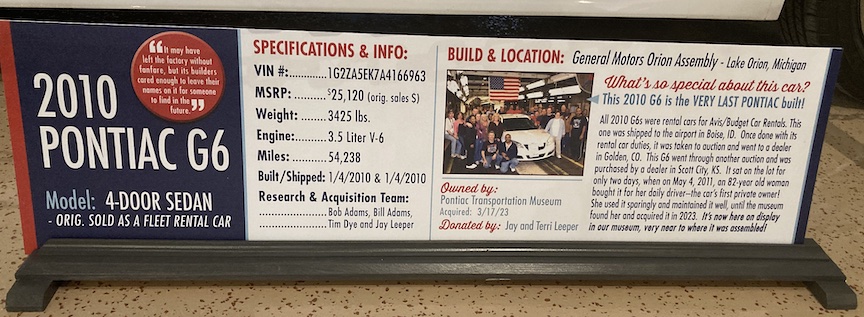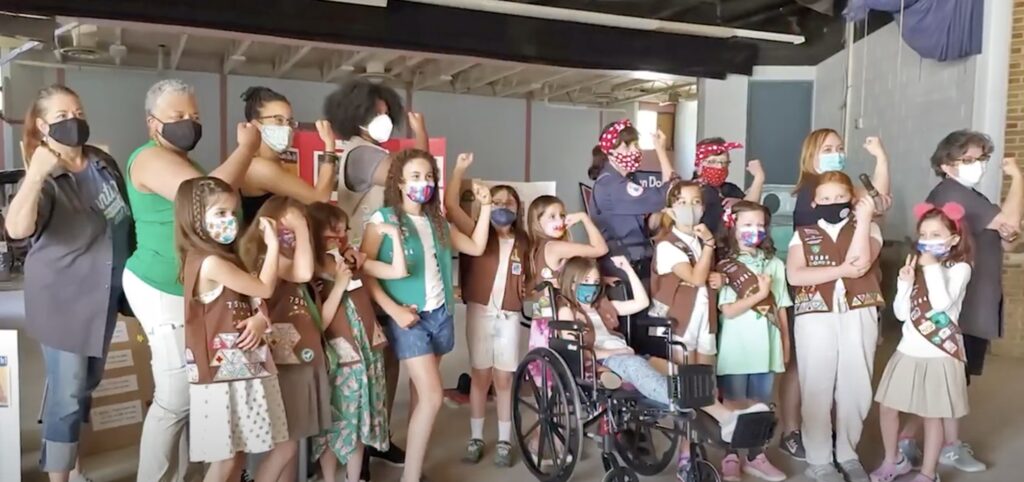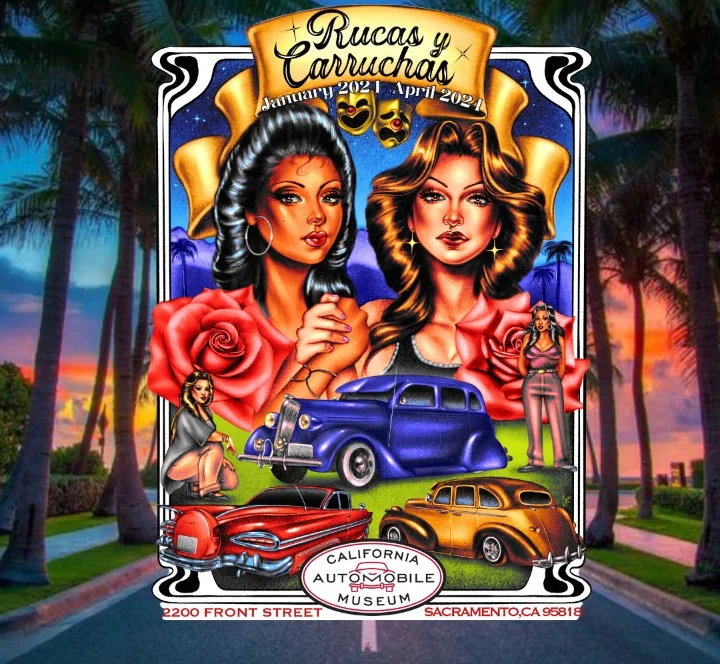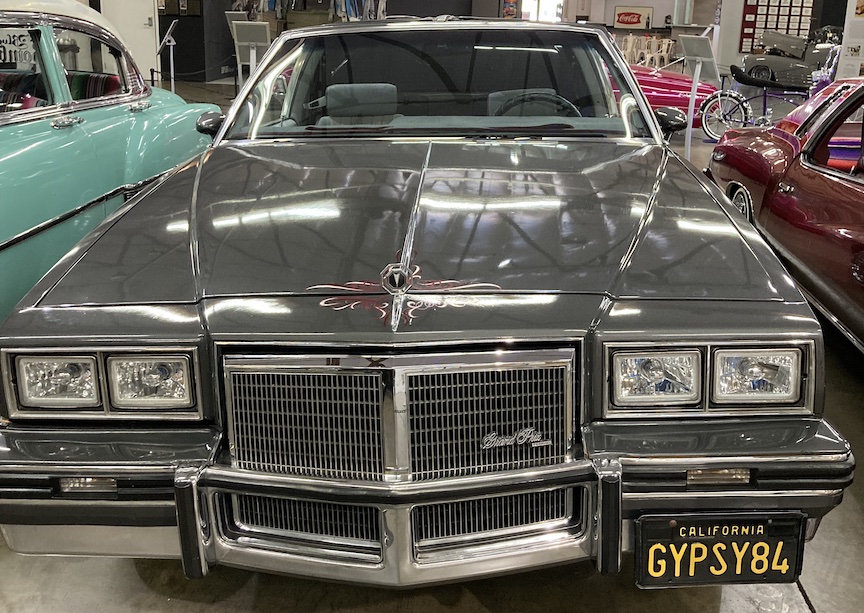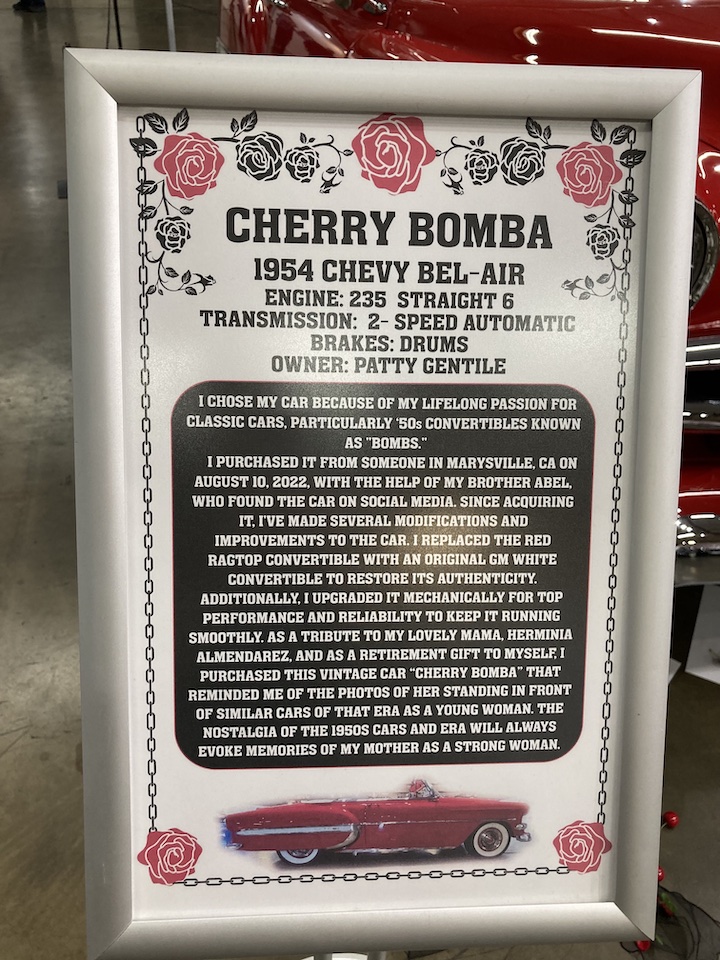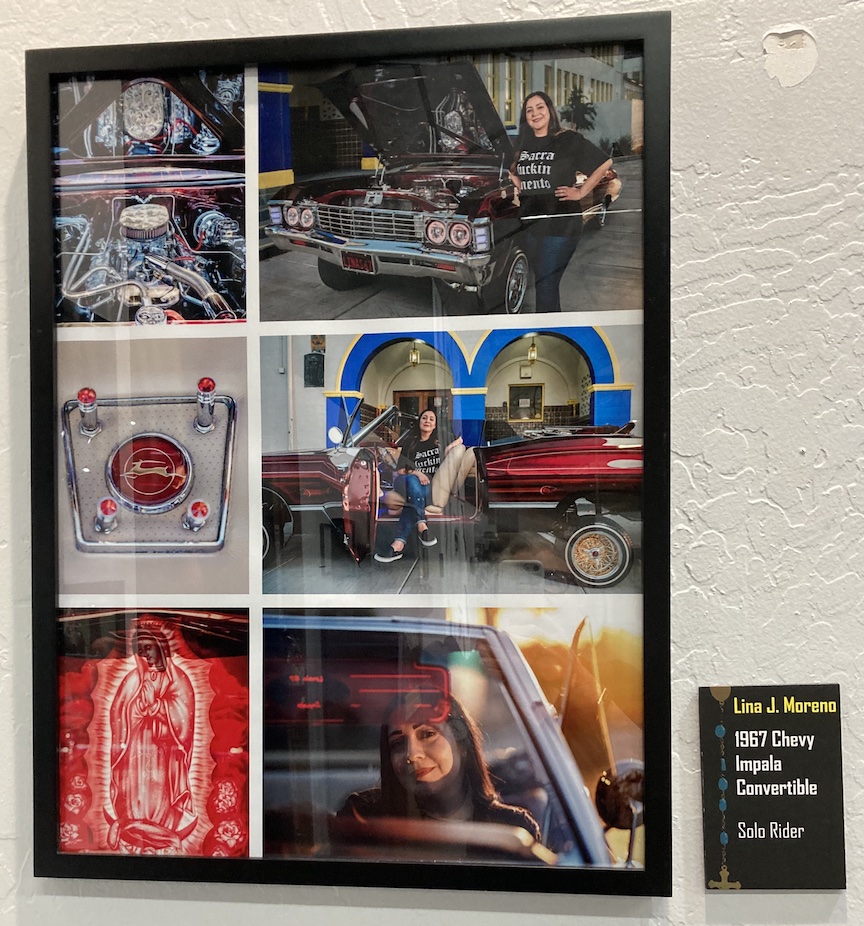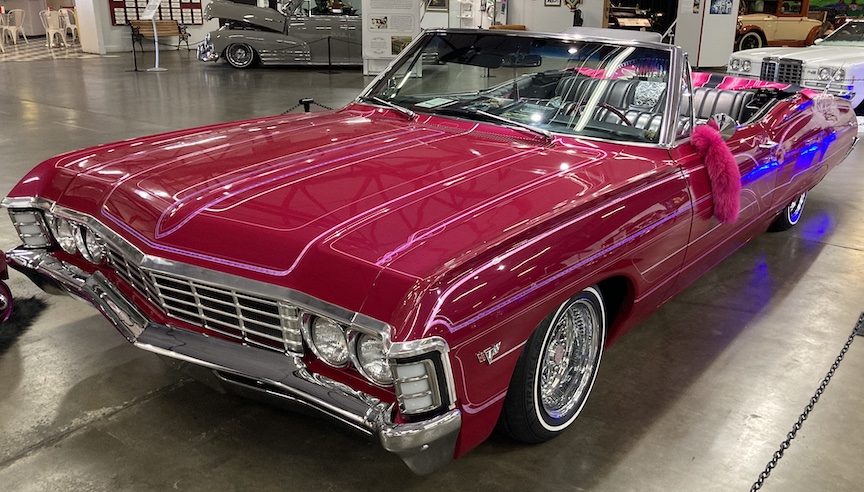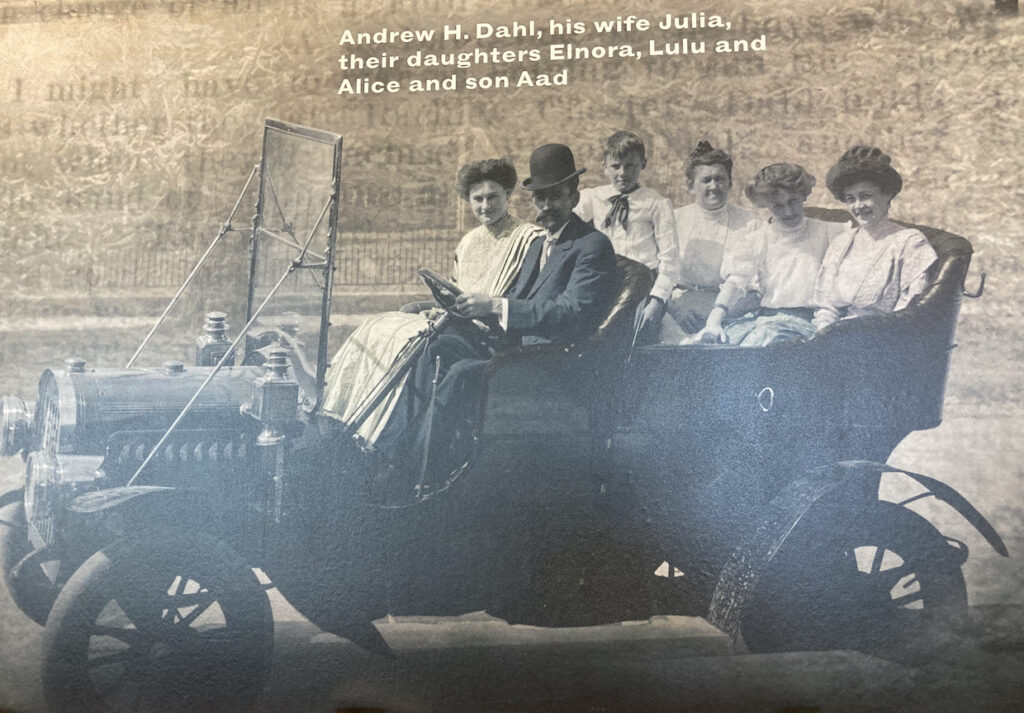
Our annual trip to the Minnesota State Fair took us home through Wisconsin where we had the opportunity to visit the Dahl Auto Museum in La Crosse. The museum was founded by the Dahl family, who have owned dealerships in the area since 1911, making them the eighth oldest Ford dealership in the country. The museum is attached to their current automotive compound, surrounded by other Dahl auto-related businesses. It is a small museum but very well executed; the exhibits are informative, attractive and well-maintained. There is a lot of historical information on the walls as well as on placards next to the automobiles. The cars are lined up pretty tightly in the museum; the staff member informed us that the 40 cars revolve as there is not enough space to put them all on the floor at once. The museum is dedicated to the history of the Dahl’s involvement with cars as well as the accompanying history of Ford Motor Company. The museum also includes an extensive collection of hood ornaments from various automotive brands.
In terms of women’s representation, it is found primarily as consumers through advertising, symbols in hood ornaments, stereotypes, and as historical markers. There is also one interesting car story attached to a pink 1957 Thunderbird convertible.
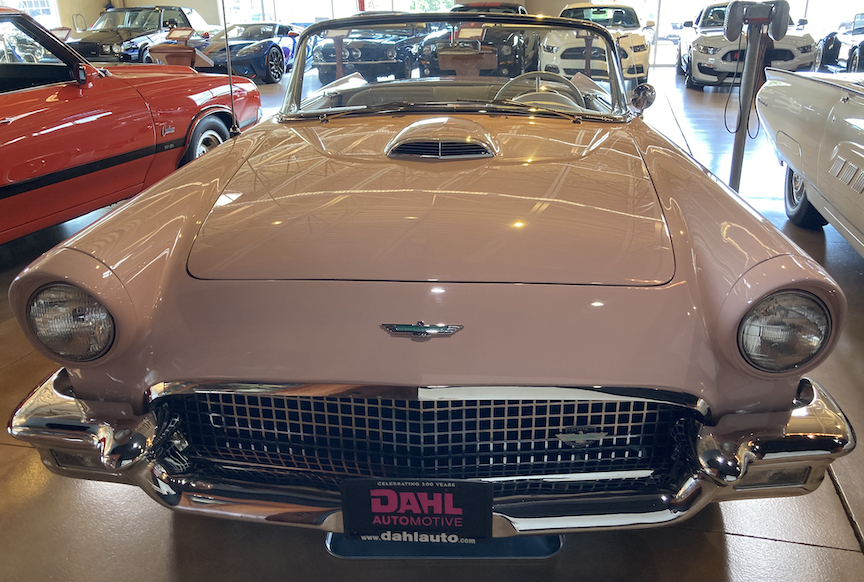
The car was originally purchased by Henry Dahl’s aunt Loraine in 1957 and has been in the family ever since. It resurfaced in 2013 when it was restored and presented to Andrew Dahl’s wife Jamie at her 40thbirthday party which took place in the museum. The car is driven only in the summer; it is normally displayed in the museum during the winter months.
Another car of interest was the 1911 Ford Model T ‘Mother-in-Law’ Roadster. The car got its name due to the single spare seat added between the rear fenders. Because the seat was isolated from the passenger and driver, and completely open to the elements, it was dubbed the ‘mother-in-law’ seat, no doubt due to the back-seat drivers jokes of the time. By the 1920s the extra rear seat was repositioned into the body of the car and was thereafter known as the ‘rumble’ seat.
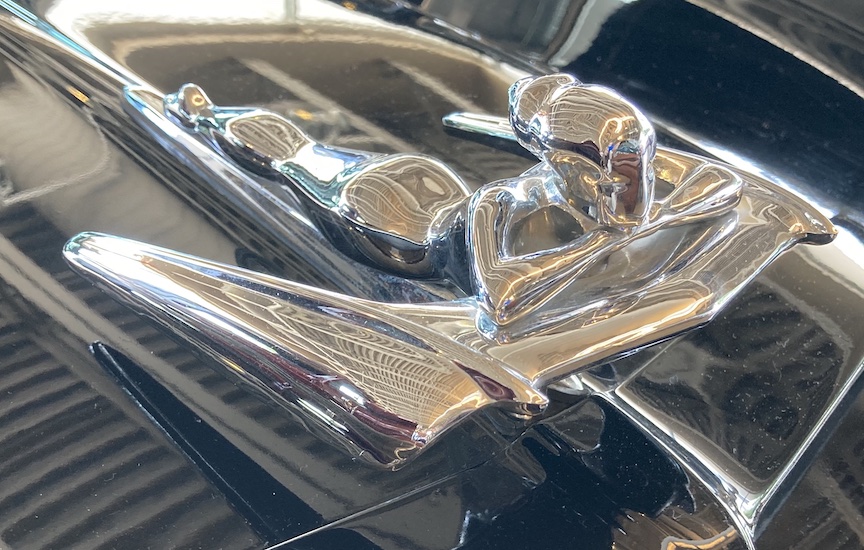
The hood ornament collection included the Nash Flying Lady, created especially for the 1950 Airflyte by renown pinup artist George Petty. In the creation of this ornament, Petty combined the popular Petty girl with Airflyte styling. The real life model for the hood ornament was Petty’s daughter Marjorie Petty-Macleod. As noted in Curbside Classic, ‘Nash struck a marketing coupe with Petty’s involvement, and brought some of that known Petty Girls glamour into Nash.’
Other ‘feminine’ hood ornaments in the collection included the 1920s Windswept Girl, the 1926 Butterfly Lady Swirl, the Packard Goddess of Speed, 1920s Diving Nymph, and three versions of the 1950s Cadillac Flying Lady.
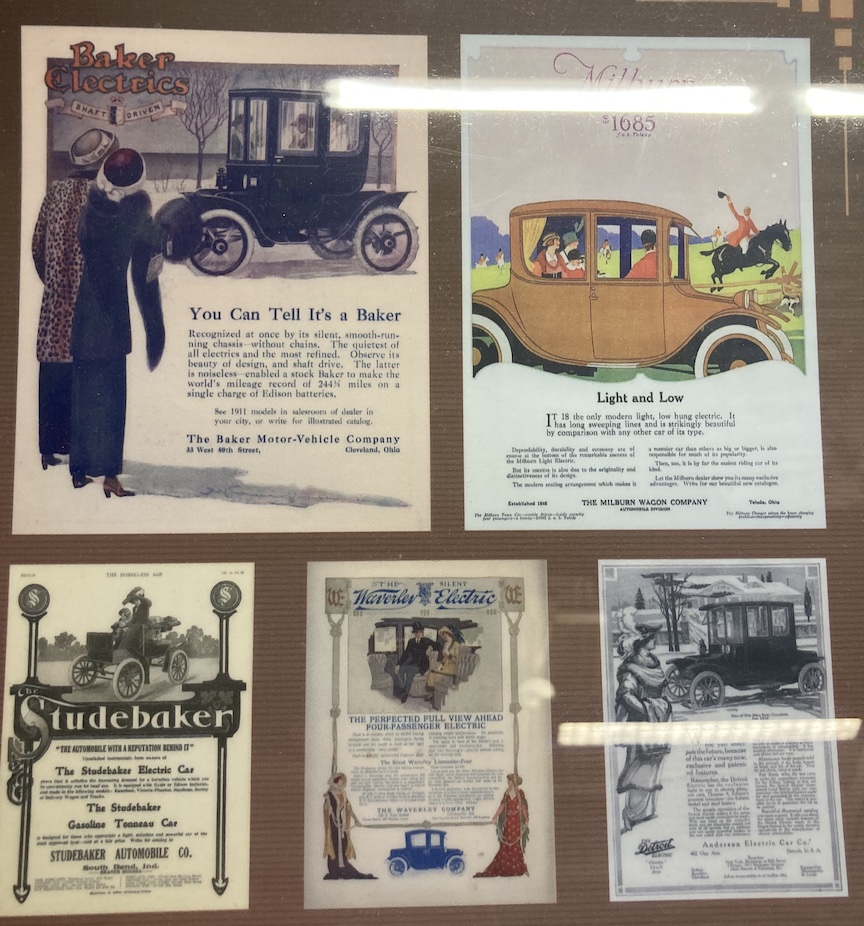
The promotional materials in the museum included a number of ads for electric vehicles that featured women. Women were considered the perfect market for electric cars due to the automobile’s cleanliness, slower speed, and limited range. However, after the introduction of the internal combustion engine, women decided they too wanted to go further and faster which led to the eventual failure of electrics. Ford ads for the Thunderbird and Mustang on display also featured women as consumers and drivers.
I had made a point of visiting the Dahl on this trip. There were a number of posts during Women’s History Month which featured female automotive innovators, such as Florence Lawrence, who developed the auto signal arm extension that influenced the development of turn signals, Mary Anderson who patented the windshield wiper, Charlotte Bridgwood who improved on Anderson’s design by adding an electric component, Helen Rother, the GM designer who was the first hired in such a capacity in Detroit, and Margaret Wilcox, the original designers of the automobile heating system. Unfortunately, as I discovered, the spotlight on these industrious women was apparently limited to the month of March.
The Dahl Auto Museum was a pleasant diversion on the drive home. There are some beautiful cars, much historical information, and a very helpful and knowledgeable staff member to answer visitor questions.
